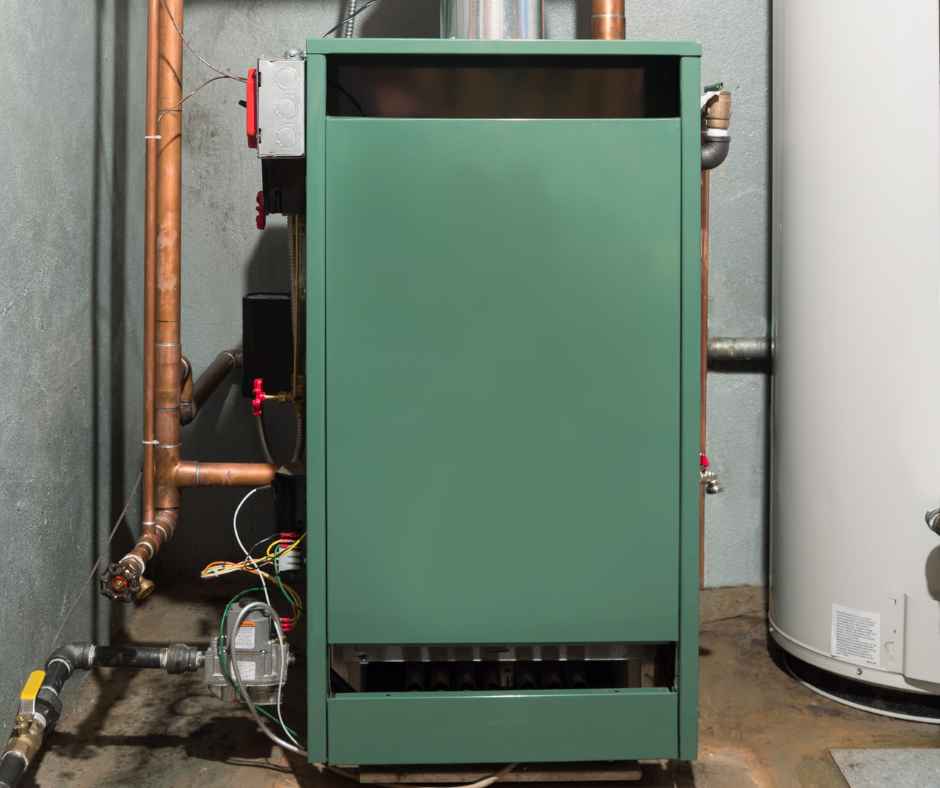Serving central Maryland & eastern shore

What to Do if Your Pipes Freeze
Winter weather can bring a range of challenges for homeowners, and frozen pipes are one of the most common and frustrating issues. When water inside the pipes freezes, it expands, increasing pressure and potentially causing pipes to crack or burst. This not only disrupts your water supply but can also lead to costly water damage and repairs.
Knowing how to identify, manage, and prevent frozen pipes can save you time, money, and stress during the colder months. Here’s a guide to help you understand what to do if your pipes freeze and how to prevent this issue from happening in the first place.
How to Identify Frozen Pipes
Recognizing frozen pipes is the first step to addressing the problem. Here are the most common signs that your pipes may be frozen:
- No Water Flow: If water isn’t flowing from your faucets or only a small trickle comes out, this could indicate a frozen pipe.
- Frost on the Pipes: Exposed pipes with visible frost or ice buildup are a clear sign that freezing has occurred.
- Unusual Noises: Gurgling or banging sounds coming from your pipes might signal that ice is restricting the water flow.
- Bulging Pipes: Pipes that appear swollen or deformed are likely under pressure from expanding ice inside.
If you notice any of these signs, it’s essential to act quickly to avoid further damage.
Steps to Take if Your Pipes Freeze
If you suspect your pipes are frozen, follow these steps to handle the situation safely:
Step 1: Turn Off the Water Supply
Locate your home’s main water shut-off valve and turn it off. This step minimizes the risk of flooding if a pipe bursts during the thawing process.
Step 2: Open the Affected Faucets
Open the faucet connected to the frozen pipe. This helps relieve pressure inside the pipe and allows water to escape once it starts thawing.
Step 3: Apply Heat Safely
Use safe methods to thaw the frozen section of the pipe:
- Wrap the pipe in a heating pad or towels soaked in hot water.
- Use a hairdryer to apply gentle, consistent heat.
- Place a space heater nearby, ensuring it’s not too close to flammable materials.
Do not use open flames, such as a blowtorch, as this can damage the pipes and pose a fire hazard.
4. Check for Leaks
As the pipe thaws, monitor it closely for any signs of leaks or damage. If you spot a crack or burst, turn the water supply off immediately and contact a professional for repairs.
5. Insulate the Pipe
Once the pipe is thawed, wrap it in pipe insulation to reduce the risk of future freezing.
Tips to Prevent Frozen Pipes
Prevention is the best strategy for avoiding frozen pipes. Here are some practical tips:
- Insulate Exposed Pipes: Use foam or fiberglass insulation on pipes in unheated areas like basements and garages.
- Seal Gaps and Cracks: Prevent cold air from reaching pipes by sealing leaks around windows, doors, and walls.
- Maintain Consistent Heating: Keep your home’s temperature steady, even when you’re away, to reduce the chance of freezing.
- Let Faucets Drip: Allowing a small stream of water to flow through faucets can prevent pressure build-up in freezing conditions.
- Open Cabinet Doors: In colder areas of the home, open cabinet doors to let warm air circulate around the pipes.
Prevent Frozen Pipes in Central Maryland
If you’re dealing with frozen pipes or need advice on protecting your home this winter, contact Staton Heating, Cooling & Plumbing. Our team of experienced professionals is here to help with all your frozen pipe needs, ensuring your home stays safe and functional throughout the season. Reach out today to schedule your service!








